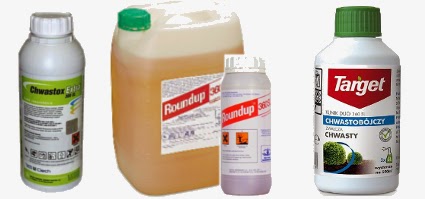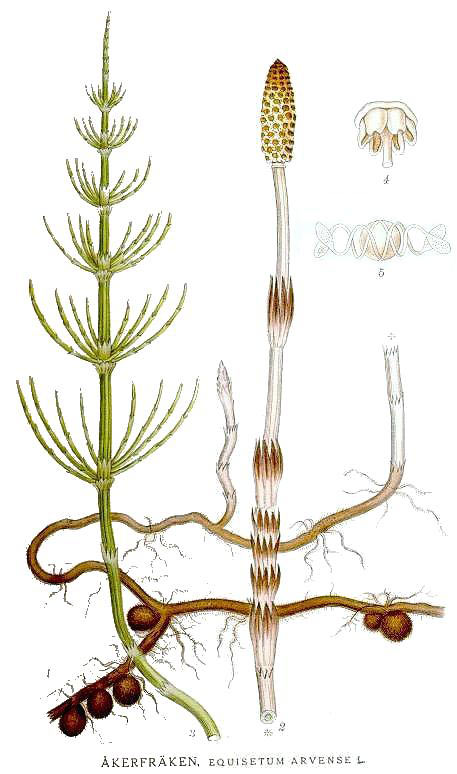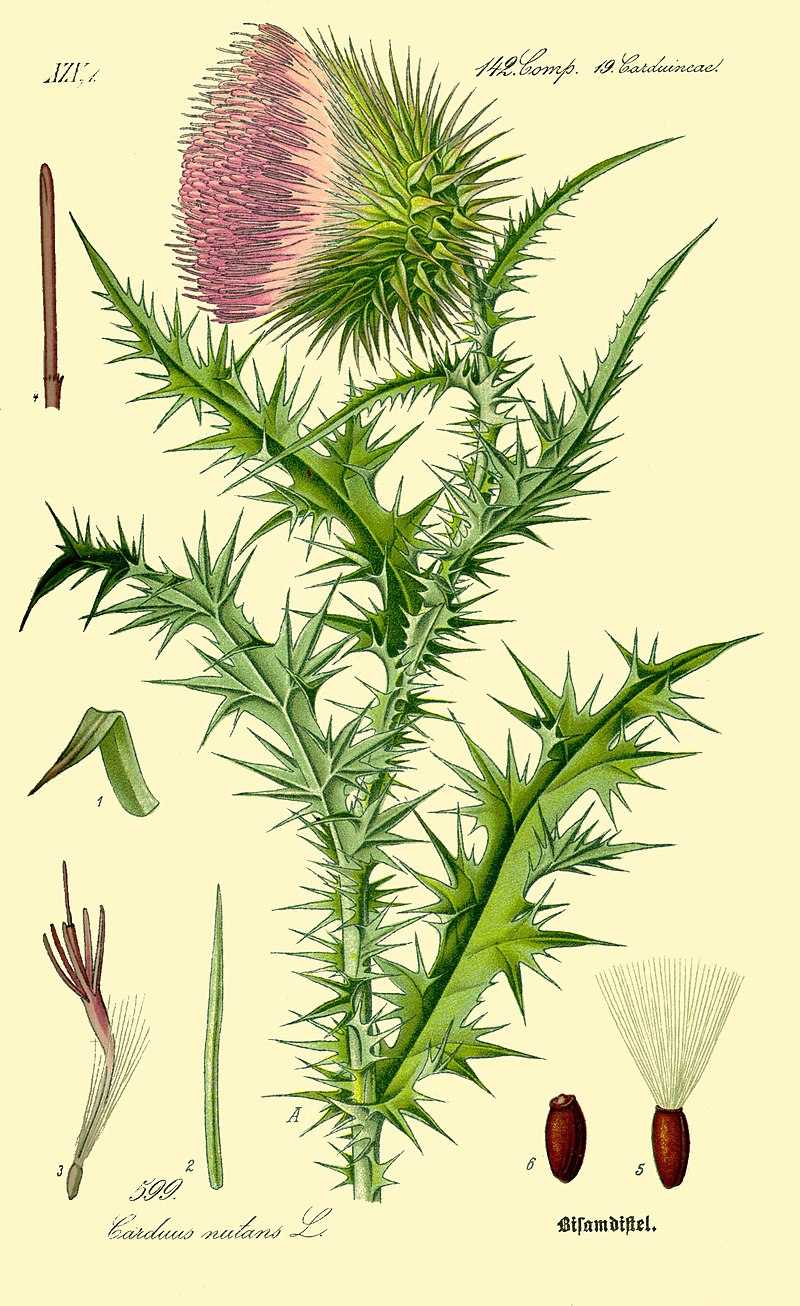 Herbicydy.
Herbicydy.
Podobnie jak wielu innych ogrodników stosuję herbicydy wyłącznie w minimalnych dawkach i tylko wtedy, gdy nie znajdę dla nich żadnej alternatywy. Mój mąż jednak, kiedy poskramiamy część ogrodu gęsto porośniętą chwastami, głównie pokrzywą lub podagrycznikiem pospolitym, lubi sięgać po środki chemiczne zawierające glifosat. Nasz kompromis polega na tym, że po wstępnym zastosowaniu herbicydu dalszą walkę z chwastami prowadzimy ręcznie. W każdej sytuacji warto najpierw dobrze przemyśleć, czy stosowanie środków chemicznych jest naprawdę jedynym wyjściem, czy też istnieją inne sposoby rozwiązania problemu.
Na sklepowych półkach znajdziemy różne rodzaje herbicydów. Kiedy jednak przyjrzymy się im bliżej, okaże się, że pod różnymi nazwami bardzo często kryje się ta sama substancja aktywna. Wybrawszy konkretny środek, koniecznie sprawdźmy, po jakim czasie od jego zastosowania możemy sadzić rośliny. Działanie niektórych substancji chemicznych w glebie może obejmować okres nawet dwóch lat (są to głównie środki służące do odchwaszczania ścieżek czy dróg). W tym czasie lepiej nie sadzić żadnych roślin uprawnych.
Glifosat
Środkami chwastobójczymi zawierającymi glifosat opryskujemy zielone części roślin. Preparat przenika kutikulę, atakując wnętrze rośliny, zarówno w jej częściach nadziemnych, jak i podziemnych. W ziemi glifosat ulega biodegradacji, dlatego sadzenie nowych roślin możemy rozpocząć zaraz po obumarciu chwastów. Herbicydy zawierające glifosat nie działają selektywnie. Musimy zatem uważać, by nie opryskać nimi roślin uprawianych w ogrodzie. Oprysk możemy przeprowadzać zarówno latem, w okresie wzrostu chwastów, jak i je-sienią. Parę lat temu wraz z mężem oczyściliśmy rabatę porośniętą podagrycznikiem, pozostawiając jedynie większe krzewy, a następnie spryskaliśmy środkiem zawierającym glifosat. Odczekaliśmy, aż chwasty pojawią się ponownie i wtedy wykonaliśmy oprysk po raz drugi. Po nim przekopaliśmy rabatę i zasadziliśmy nowe rośliny.
W kolejnym roku podagrycznik odbił na tyle słabo, że bez problemu można było usuwać go ręcznie.
Stosowanie herbicydów:
• Zanim zastosujemy środek chwastobójczy, przeczytajmy dokładnie dołączoną do niego ulotkę zawierającą informacje o środkach bezpieczeństwa i warunkach, w jakich należy go stosować.
• Środek stosujmy we właściwym czasie i w odpowiednich warunkach pogodowych.
• Bezpieczeństwo przede wszystkim! Nigdy nie lekceważmy zaleceń dotyczących odzieży ochronnej.
• Zachowajmy szczególną ostrożność podczas przygotowywania roztworów. Pojemnik z koncentratem należy zakręcić zaraz po użyciu i nie przekraczać zalecanych stężeń.
• Nie stosujmy oprysków podczas wietrznej pogody. Przenoszony przez wiatr herbicyd może zniszczyć trawnik i rośliny uprawiane w ogrodzie.
• Herbicydy przechowujemy w miejscach niedostępnych dla dzieci i zwierząt, najlepiej zamknięte na klucz.







